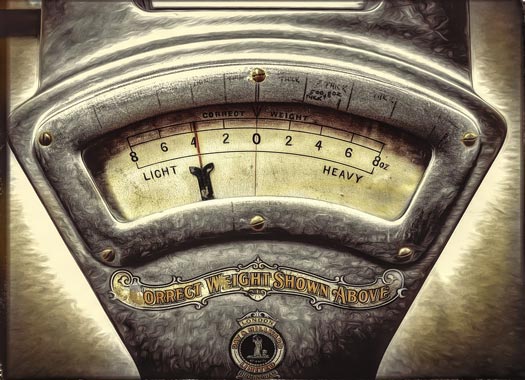Good measurements are like apple pie and motherhood. Who could ever be against having good measurements? Since we all want good measurements, it sounds reasonable when people are told to check out the quality of their measurement system before putting their data on a process behavior chart. Fortunately, this is simply one more bit of advice that is completely unnecessary.
To consider why process behavior charts do not require high quality data we need to define some concepts. First of all we will need a model for an observation, then we will need a way to characterize relative utility for a measurement, and finally we will need to see how process behavior charts work with less than perfect data.
A model for an observation
For our model, it should not be too hard to imagine that a single observation consists of two parts: the product value plus the contribution of measurement error.
When this measurement error is negligible, repeated measurements of the same thing will tend to produce the same observed value. However, as the measurement error gets larger repeated measurements of the same thing will start to differ. As these repeated observations diverge, the relative utility of the measurement system will suffer.
…

Add new comment